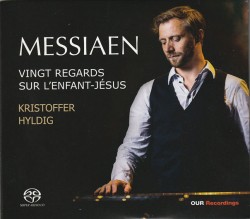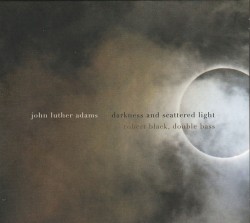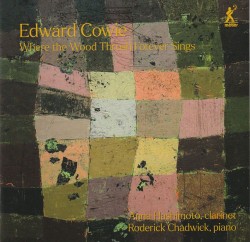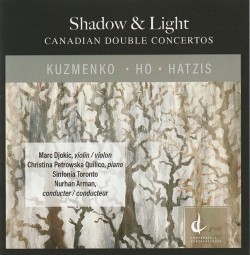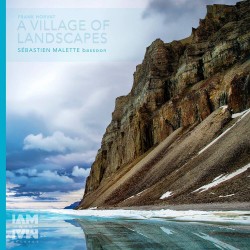Éventail - Heinz Holliger; Anton Kernjak
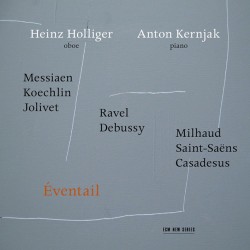 Éventail
Éventail
Heinz Holliger; Anton Kernjak
ECM New Series ECM 2694 (ecmrecords.com)
From one of the most recorded oboists of all time, Heinz Holliger’s newly released album, Éventail, is a colourful exploration of both the vocal and expressive qualities of the oboe and oboe d’amore in early 20-th-century French music. Opening the “richly coloured fan” of little-known French Vocalise-Études by some of the most important French composers including Debussy, Ravel, Saint-Saëns, Jolivet, Casadesus, Messiaen, Koechlin and Milhaud, Holliger is joined by pianist Anton Kernjak and harpist Alice Belugou.
Characteristic of his specialty in 20th- and 21st-century-works, Holliger’s wide range of extended techniques and tonal texturing shine in Éventail, with gleaming performance and elements ranging from the traditional to the virtuosic. Having had personal relationships with many of these composers, Holliger’s performance provides a distinct approach and understanding of these works while showcasing his artistic personality and flare.
Beginning with Ravel’s Pièce en forme de Habañera and Saint-Saëns’ Sonate pour hautbois et piano, Holliger and Kernjak set the stage with two standard pieces in the oboe repertoire. Holliger chose some surprisingly slow tempos in the Saint-Saëns yet still showed command over the instrument.
Jolivet’s Controversia and Messiaen’s Vocalise-Étude and Morceau de lecture is where Holliger really shines. Although able to play the standard repertoire well, Holliger’s transcending nature seems to seek out every opportunity to explore and test the technical possibilities of the oboe.
Éventail also beautifully showcases Charles Koechlin, one of the first composers to use the oboe d’amore after the Baroque era, and explores his unique use of muted timbre in Le repos de Tityre, recalling Debussy’s masterpiece for solo flute, Syrinx. Holliger then enhances this mood by transcribing and performing Syrinx on the oboe d’amore.
The album concludes with Robert Casadesus’ Sonate. Originally written for his teacher, Émile Cassagnaud in 1954, Holliger decided to do what his teacher had intended and record this important work, bringing it to life as a standard in oboe repertoire.


